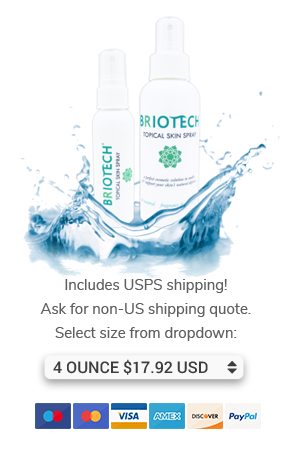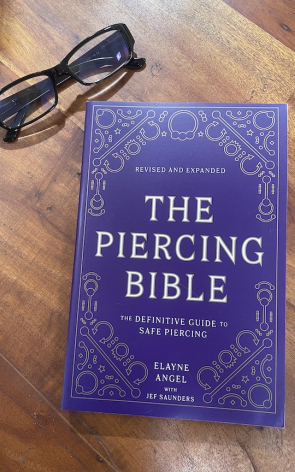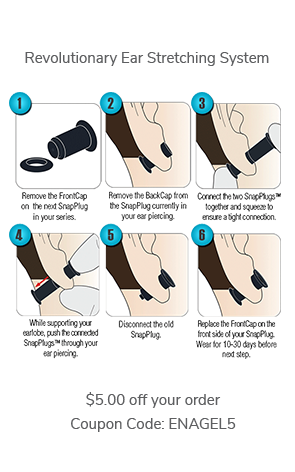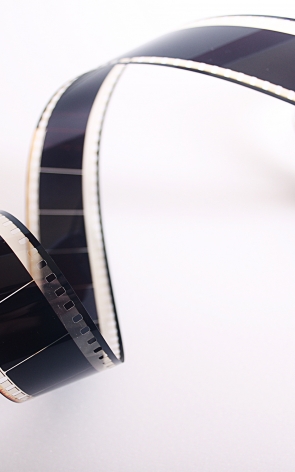I received a message from a person seeking information about a (Back of the Neck) Surface Piercing:
Hi.
I want to get a nape piercing but everyone tells me that I can't because surface piercings tend to reject and that I'll regret it. What jewelry is best to use for the piercing and what can I do to help it not reject?
My response:
Hi.
It is true that surface piercings have a higher rejection rate than "traditional" body piercings. And it is very important that the tissue is pliable/pinchable. If your skin in that area is really tight and dense, then piercing is not suggested. In addition to optimal placement for your anatomy, and appropriate jewelry, assiduous aftercare is also crucial. They are explained here: http://piercingbible.com/piercing-care
To facilitate healing, you should do saline soaks: http://piercingbible.com/saline-soaks
And also you can use emu oil to soothe and help healing (if you don't object to using an animal product): http://piercingbible.com/emu-oil
Here's an excerpt from my book, The Piercing Bible, about surface piercings:
Surface Piercings
In recent years, the chest, back, wrist, and other nontraditional piercing sites have become more common areas for wearing body jewelry. As the name implies, surface piercings are situated on areas of the body where there is no fold or protrusion of tissue in which to place them. Stable areas subject to minimal movement and trauma are best. Most surface piercings are fraught with more healing problems than other piercing placements. Some last for months or longer before they migrate and reject; others stay in place for only a few weeks before being ousted by the body.
Seek a piercer who is skilled in surface piercings and check her qualifications carefully. If she can’t show you photos of healed surface piercings she has done, don’t stay. There is a huge difference between performing these piercings and placing them so they heal well and remain in the body long-term. Never have just a little pinch of your skin pierced or wear ordinary metal body jewelry in a surface placement. A piercer who does these things lacks the knowledge to perform these piercings correctly or doesn’t care that your piercing won’t heal.
Some people are predisposed to healing surface piercings. If you are not among the lucky few, then migration, rejection, and significant scarring are all probable consequences. If you can’t live without attempting a surface piercing, be prepared for a lengthy healing period (usually six to nine months or longer) and the possibility you will be wearing a scar instead of jewelry by the end of it all.
When I perform surface piercings, I use flexible plastic instead of metal, and I have had excellent results with it. However, when someone asks me to pierce an area of the body or a type of tissue that in my experience seldom heals successfully, I simply decline. I’ve seen only one surface placement that routinely heals easily and remains in place for a decade or longer: the nape (back of the neck).
Some piercers are having success with a broader range of placements by using surface bars (see “Surface Bars,” page 73). Another method combines Tygon tubing with the staple shape of a surface bar by inserting a thin wire inside the lumen of the tube to shape it. Some of the work with surface bars seems promising, but there is no data available on long-term success rates.




